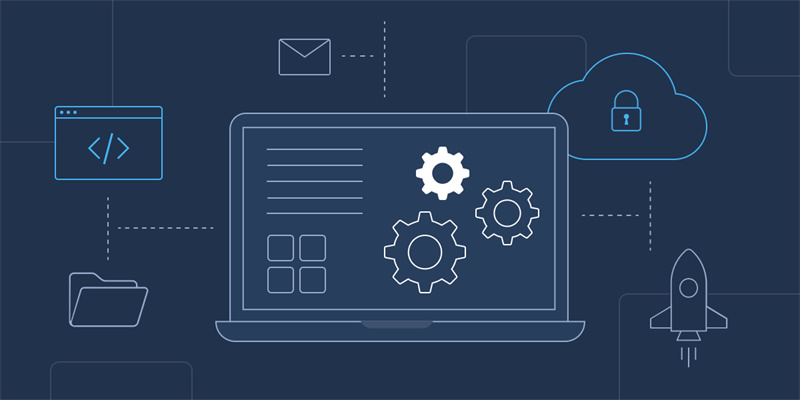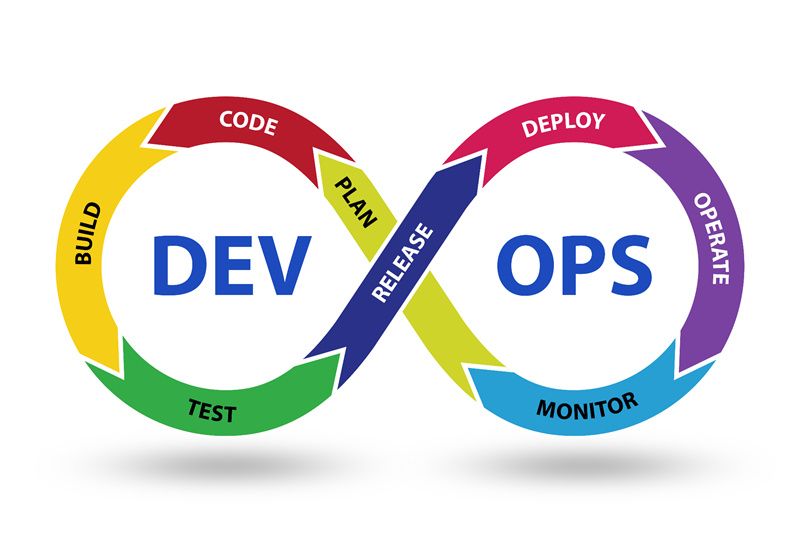Software product development is a multifaceted process that requires meticulous planning, design, construction, testing, and maintenance.
The methodologies that govern these processes are known as Software Development Life Cycle (SDLC) models, each with its distinctive attributes, advantages, and drawbacks. This comprehensive guide explores the basic models of software product development, offering insights to help your software product development company make informed decisions.
Navigation of Contents
Understanding Software Product Development
Software product development is a systematic process involving the conception, design, programming, testing, and bug fixing involved in creating and maintaining software applications, frameworks, or other software components.
The Role of SDLC Models in Software Product Development
SDLC models, also known as software development methodologies, organize the process of software product development. They guide developers through various stages, from initial planning to the final deployment of the software product. Each model offers a unique approach, bearing its unique pros and cons.
The choice of model greatly depends on the project's specific requirements, the team's expertise, and the allocated budget and timeline.
The Waterfall Model
The Waterfall model is characterized by a linear sequential flow, where each phase must be completed before the next one begins, much like a cascading waterfall. This model is straightforward and simple to manage, making it ideal for smaller projects with well-defined and immutable requirements.
However, the Waterfall model's rigidity can be a drawback, particularly for long-term projects requiring flexibility. Any delay in early stages can significantly impact the planned timeframe, leading to potential setbacks.
Agile Model
Agile software product development has been a preferred model for over two decades. Agile methodology allows teams to identify and address potential issues during software development, thus preventing them from escalating into significant problems.
The Agile model encourages continuous release cycles with small, incremental changes implemented from the previous release. Stakeholder involvement and feedback are highly welcomed and incorporated throughout the development process. Agile methodologies like Scrum or Kanban might be a good fit if you prioritize lower cost, fast releases, early and continuous stakeholder feedback, and project transparency.
Lean Model
Initially used by Toyota to minimize waste and inefficiency in production, the Lean model has since been adopted in software product development. The Lean methodology focuses on continuous improvement and respect for people, aiming to optimize all resources towards creating value for the customer.
The Lean model introduces the concept of stream maps to eliminate waste resulting from duplicated effort and inefficient processes. This enables companies to visualize how their value flows across different functions and determine what brings the most customer satisfaction.
Iterative and Incremental Model
The Iterative and Incremental model is a repetitive model that works off known software requirements. Each iteration or phase produces a new version of the software, which is then tested, evaluated, and enhanced until the final product is ready.
This model’s primary advantage is having a working version of the product early on in the development process.
Prototyping Model
In the Prototyping model, a quick version of a system is developed to evaluate if the customer is satisfied with it. This model is particularly useful when the feasibility of a design, product requirements, algorithms, or business rules are uncertain.
Spiral Model
The Spiral model blends flexibility with repetition. It cycles through four stages—planning, risk analysis, engineering, and evaluation—repeatedly, allowing for multiple rounds of refinement. It is mainly used for large projects, with its key benefits being effective risk management and stage-by-stage development.
DevOps Model
The DevOps model emerged from the application of Agile and Lean methodologies by operations teams. It emphasizes collaboration between developers and operations personnel throughout the SDLC, resulting in higher-quality and more reliable software products.
Rational Unified Process (RUP) Model
The RUP model combines the features of iterative and linear frameworks. It consists of four stages: inception, elaboration, construction, and conversion. All basic activities in the entire process are parallel in all four phases, but the intensity in each stage differs.
Conclusion
There isn't a “one-size-fits-all” approach to software product development. Each model comes with its own set of benefits and drawbacks, and the choice depends on the unique needs of your project. A good team of professionals who can navigate your project through each iteration is crucial for successful software product development.
When it comes to software product development services, understanding these models is essential. It not only improves the effectiveness of the development process but also enhances the quality of the final product. Whether you are a software product development company or a client looking for software solutions, understanding these models will ensure that you make informed decisions that align with your project goals and expectations.

